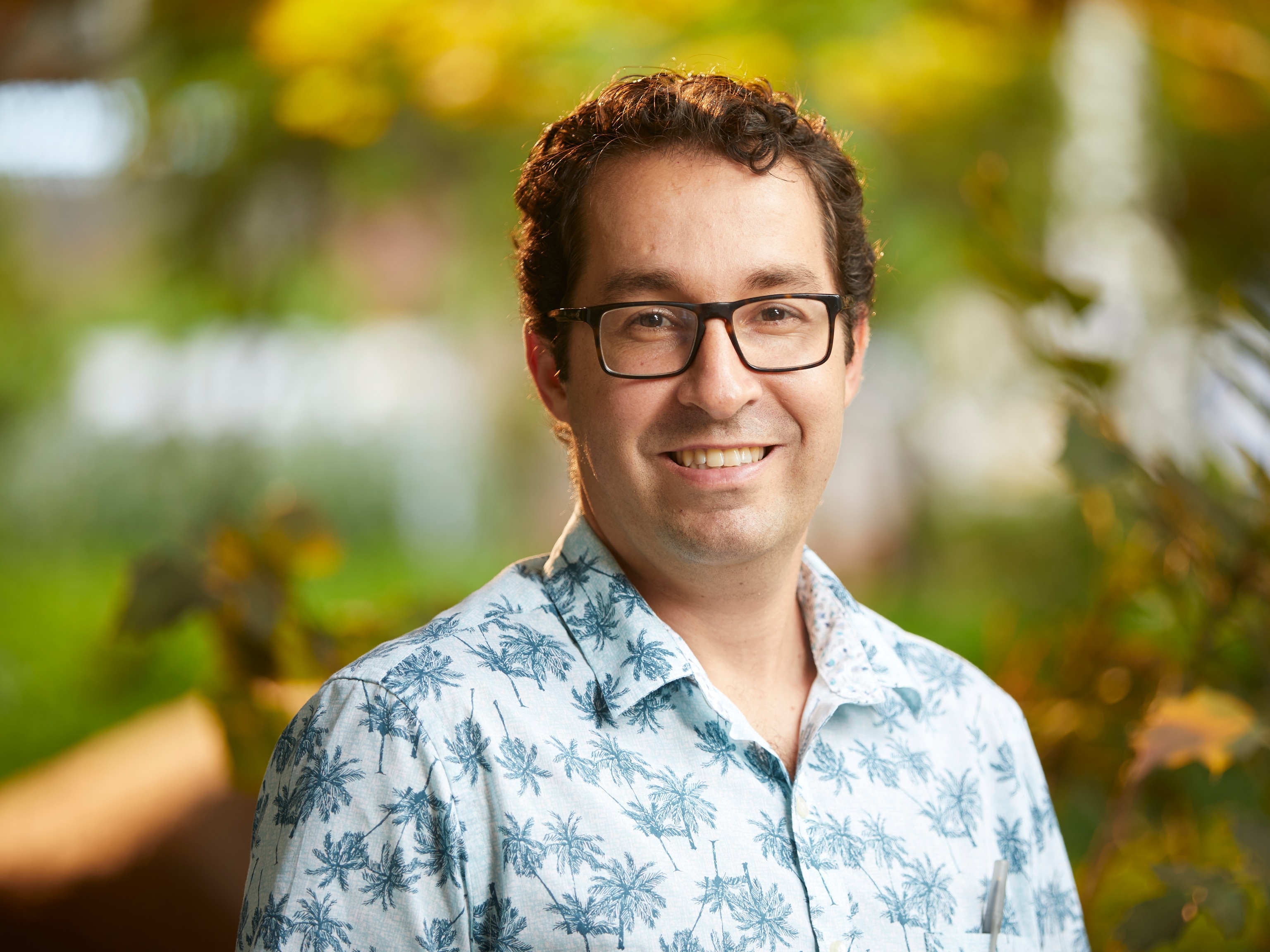Margaret Awuor Owuor: Understanding the invaluable purpose of mangrove forests
National Geographic Explorer Margaret Awuor Owuor is studying how the trees act as keystones of coastal ecosystems and their communities.
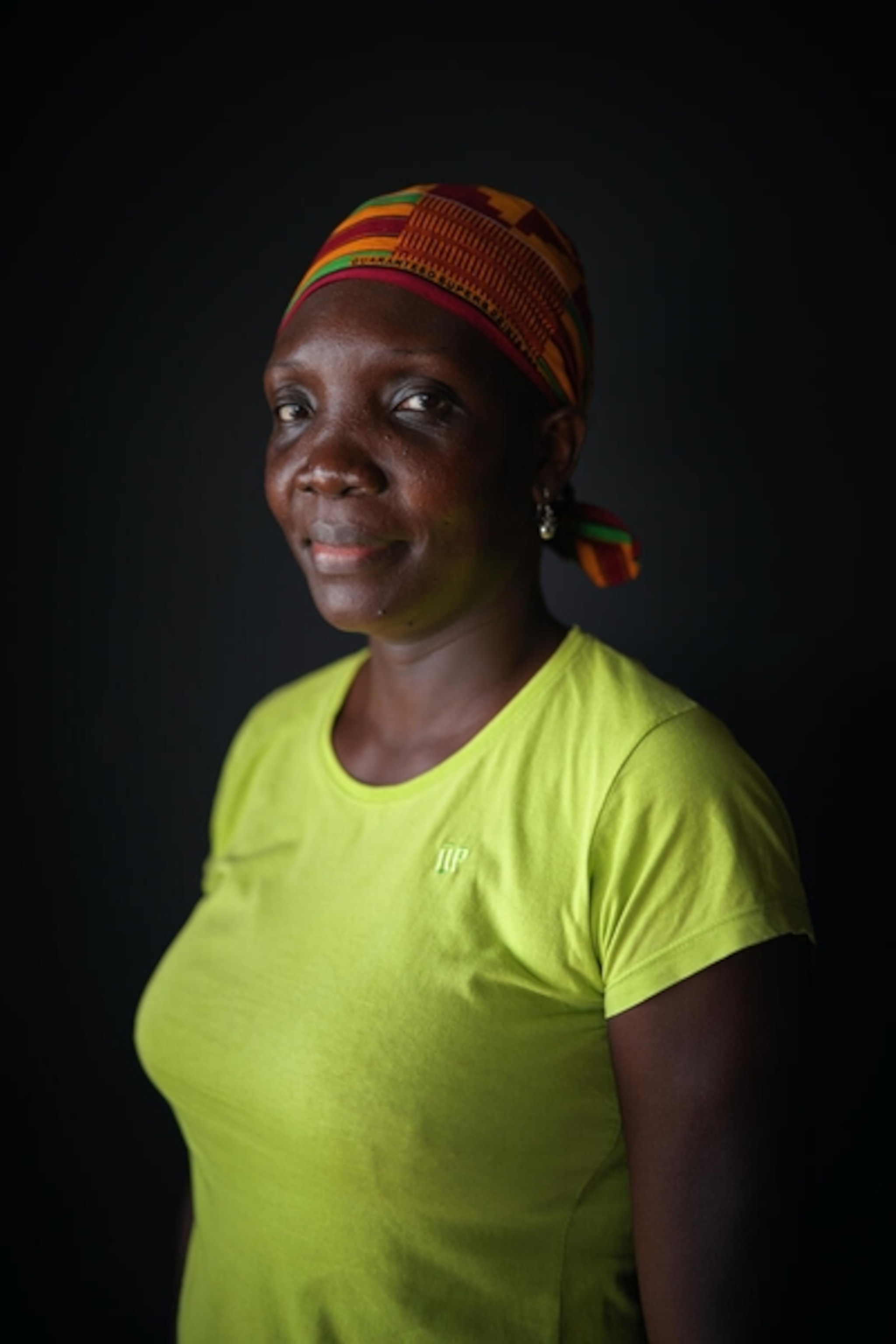
The forests National Geographic Explorer Dr. Margaret Awuor Owuor knew growing up in Kenya were ones she could walk through. In her books, a tree was strictly a terrestrial object, until she had her first encounter with a mangrove ecosystem during a college trip to the coastline.
Mangrove trees, appearing to float over wetlands where they thrive, left an impression on Awuor Owuor. She had never seen a tree with roots completely exposed and, as she describes, “funny in structure.” They appeared ethereal, and essential. Crabs burrowed in muddy holes at the tree’s base, along with numerous other creatures nursing from the roots steeped in saltwater.
“I was mesmerized,” she recalls, “I couldn’t believe something like this existing.” Awuor Owuor was already familiar with freshwater systems. Lake Victoria, the second-largest freshwater lake on Earth, was her neighbor; it’s dotted with tree and shrub hedges that flourish in the non-saline basin.
Seeing mangroves thrive in the brackish water along the Kenyan coast shocked Awuor Owuor, and planted her curiosity to learn more about the hardy tree’s behavior, and the communities, both human and animal, dependent on them.
As a long-time ecologist and an educator, Awuor Owuor prioritizes sustainable resource use and management, including leveraging mangroves and other ecosystems while keeping community engagement at the helm of her mission. She has spent years as a lecturer and leader in coastal conservation, and both freshwater and marine aquatic protection.
In July, Awuor Owuor teamed up with marine ecologist and fellow Explorer Angelo Bernardino to survey mangrove systems in Brazil’s Amazonian estuary, Curuça. The pair’s aim: to learn about local communities’ perceptions of the importance and value of mangroves, and how people interact with them.
For 10 days, the Explorers interviewed some 200 participants as part of the National Geographic and Rolex Perpetual Planet Amazon Expedition, a multiyear scientific and storytelling journey spanning the entire Amazon River Basin. Though the team is still analyzing the data, Awuor Owuor explains she is already surprised by the initial observations, such as the importance of mangroves to local fisheries.
In addition, mangroves don’t seem to appeal as a prime source of timber for construction, or as fuel for cooking in the Curuça region — a contrast to what she witnessed in Kenya.
“This for me was a shock because in some places, we don't see dry wood lying there. It immediately turns into fuel wood,” Awuor Owuor says. Eventually, an entire forest near her home in Kenya was cleared to churn out charcoal. In response, she founded an initiative to reforest terrestrial ecosystems, commonly known as small forests, in her community. In this particular incident, “the whole system was destroyed,” she remembers. For this reason, local perceptions about natural surroundings matter.
Awuor Owuor emphasizes her work in Curuça “is not just taking textbook ecosystem services that say mangroves are important for carbon sequestration.” The important question is, “are the people feeling the same?”
Awuor Owuor and her team of researchers have discussed potential threats to the trees, including some communities’ practice of filling mangrove holes — which supply shelter and nutrients for the amphibious mangrove crab — with mud. “When you fill crab burrows, the holes where the crabs are living with mud, you're killing the whole family, whatever is living inside there,” Awuor Owuor laments.
The animal plays an important role in mangrove nutrient cycling, and helps generate local economic yield where crab collecting is a main source of income.
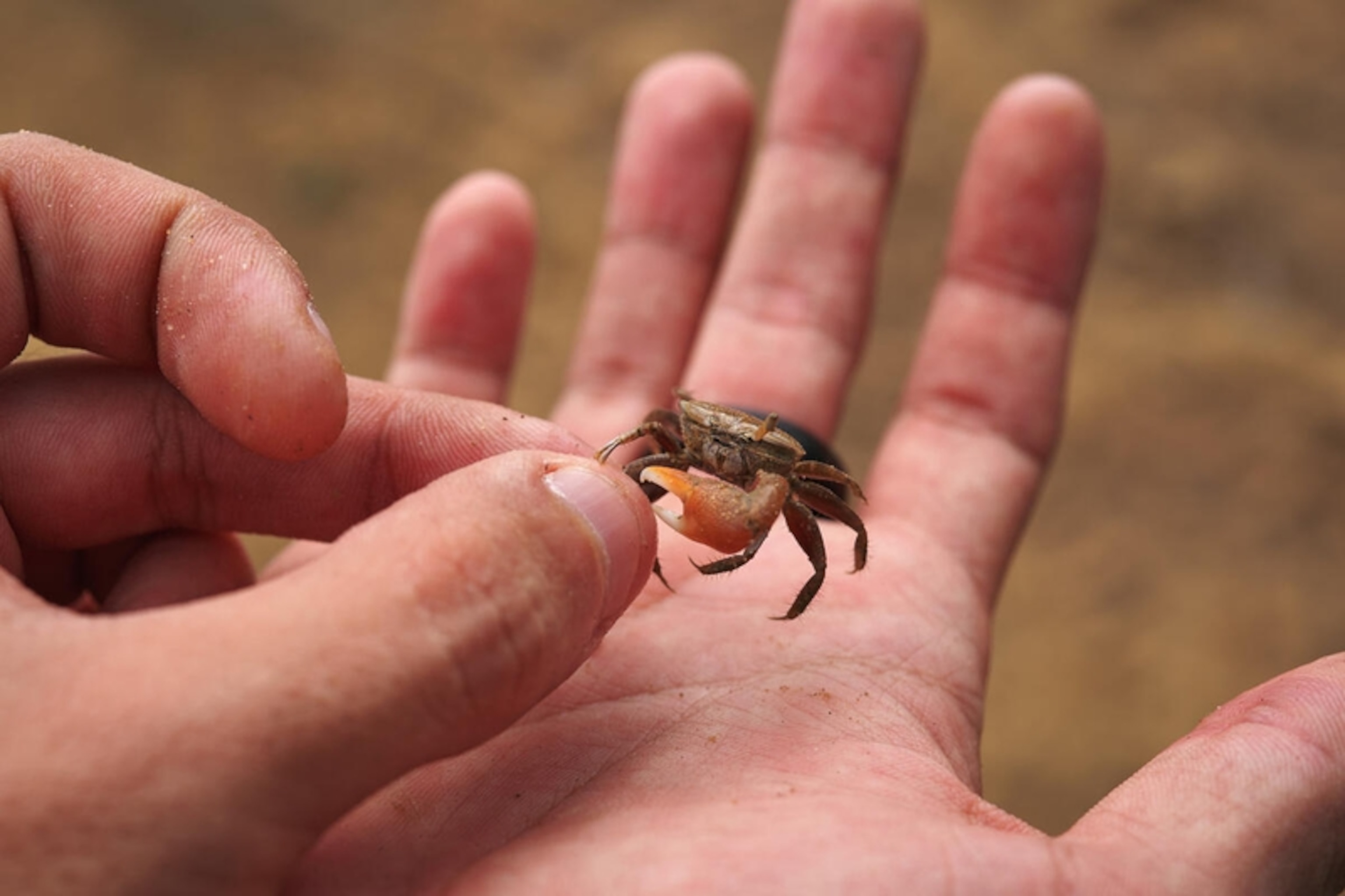
Mangroves have a remarkable ability to keep carbon out of the atmosphere. Globally, mangrove forests sequester as much as 22.8 million tons of carbon each year, according to the latest U.N. figures. Mangrove hedges also act as coastal erosion shields, afford communities protection from storms, and act as nurseries for an array of wildlife in marine systems and, newly-discovered this year, in low-saline environments too.
The mangrove’s role as a backbone for planetary health, biodiversity and subsistence for people around the world crystalized for Awuor Owuor during her time in Brazil.
“When I went to Curuça, you could see a community that is entirely dependent on mangroves,” she recalls. “The community there is picking crabs, which they eat. Imagine no mangroves, then there’s no crabs to pick.” A similar relationship exists between fishing communities and fish that rely on mangroves as a breeding ground. “It’s a whole ecosystem that is interrelated and coexists,” Awuor Owuor highlights.
The July expedition marks an important moment for science as the first-ever mapping assessment of ecosystem services in the region. It is also a unique collaboration between African and South American scientists that spotlights the direct relationships between mangrove forests and their inhabitants.
The ecosystem mapping survey tool Awuor Owuor and Bernardino used will have far-reaching impact. Fellow Explorers participating in the Perpetual Planet Amazon Expedition will apply a similar methodology to their own studies, ranging from the migration of river dolphins to the sequestration capacity of Amazon wetlands. These applications will create a one-of-a-kind holistic view of community-based management of natural resource services across the vast Amazon River Basin.
Awuor Owuor calls the feat a highlight of her career.
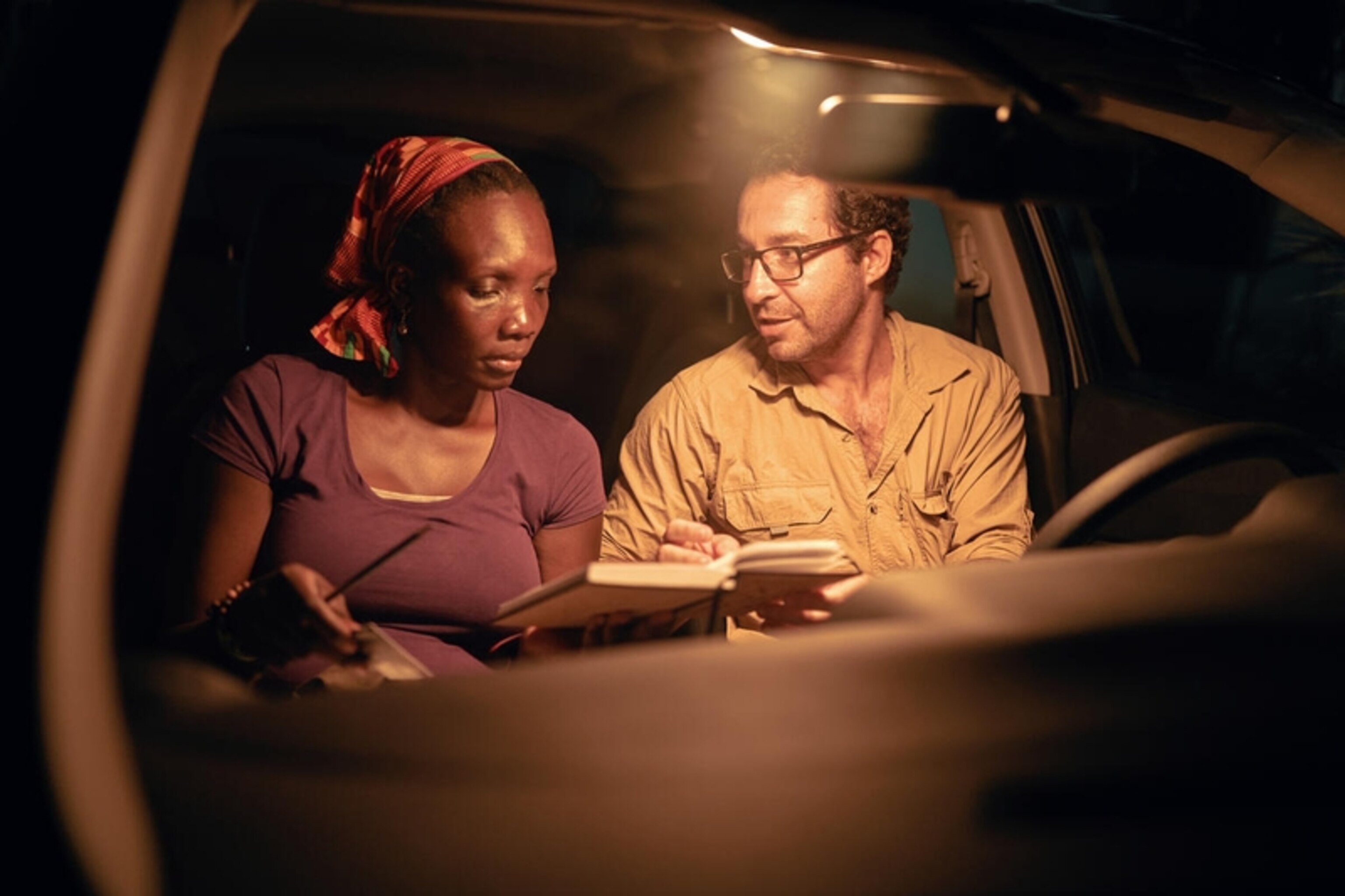
“I never thought I would go to Brazil in my life. I never imagined it,” she says. She remembers a university professor who first introduced her to the idea of traveling for research. The professor, who eventually mentored Awuor Owuor, was often overseas attending science conferences. Awuor Owuor, who at this point was completing her undergraduate studies in aquatic systems, was inspired to pursue a path as an educator.
She began pursuing her master’s in fisheries science from Kenyatta University, but due to limited funds, followed a scholarship that took her to the University of Plymouth in the United Kingdom, and eventually, Spain’s University of Cadiz, where she completed a master’s in water and coastal management. After four years working in hydrology and aquatic science at her alma mater in Kenya, she tackled her doctorate in marine and coastal management.
Awuor Owuor, who currently works as a professor at the Wyss Academy for Nature in Switzerland, didn’t arrive without obstacles. Her journey was demanding and at times uncertain. “Growing up in Africa, in science, as a woman, is very difficult. You really have to find a path for yourself,” she stresses. “Women are always dropping off because it’s harsh. You don’t have enough funding sometimes.” Awuor Owuor had to chase resources, sometimes physically.
Her son was one year old when Awuor Owuor was awarded a European Union scholarship that called her abroad.
“The scholarship takes care of the students’ upkeep, and since my husband was working in Kenya and childcare being so expensive, I opted to leave my family in Kenya,” she remembers. “My son was breastfeeding right until when I was leaving them going to board the plane. I cried the whole trip.”
Though the sacrifice tested her, taking the leap helped her secure the future she envisioned. “If I never got the scholarship to go to the U.K., I might have really faced a lot of challenges,” she says.
Deepening her education also solidified her next steps. While completing her doctoral degree in Spain, she noticed a gap in the research world and began the work of filling it. The sciences Awuor Owuor notes, gave little importance to community engagement and the integration of traditional knowledge.
She was determined to carve out a niche for herself that fused communal knowledge with scientific research. “That’s how I ended up in this process of trying to value and map ecosystem services of marine and coastal systems,” she recalls.
Looking back on the Curuça expedition, Awuor Owuor says she witnessed the fruit of her efforts by learning from local communities, and feels she left something positive for them behind.
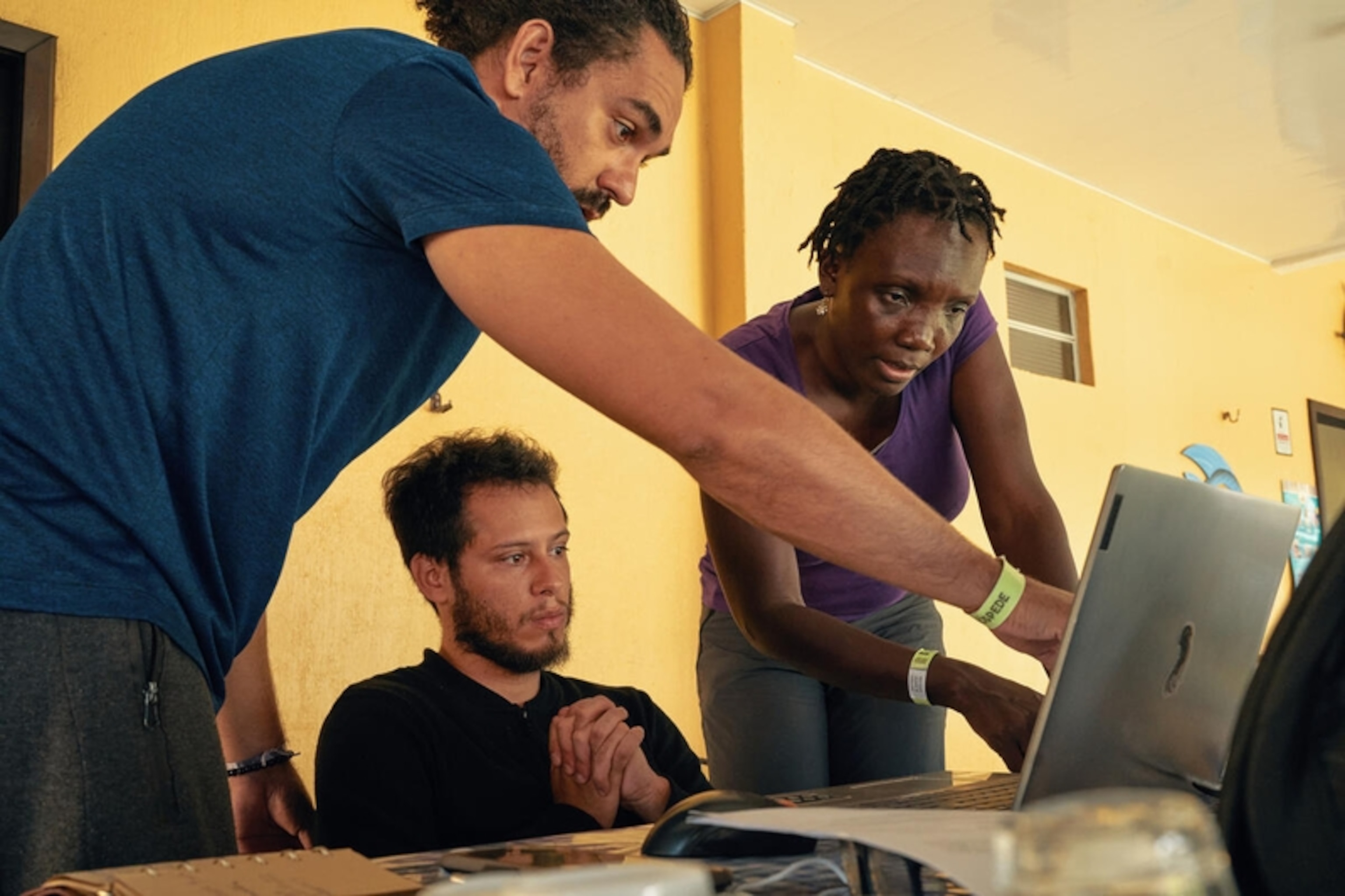
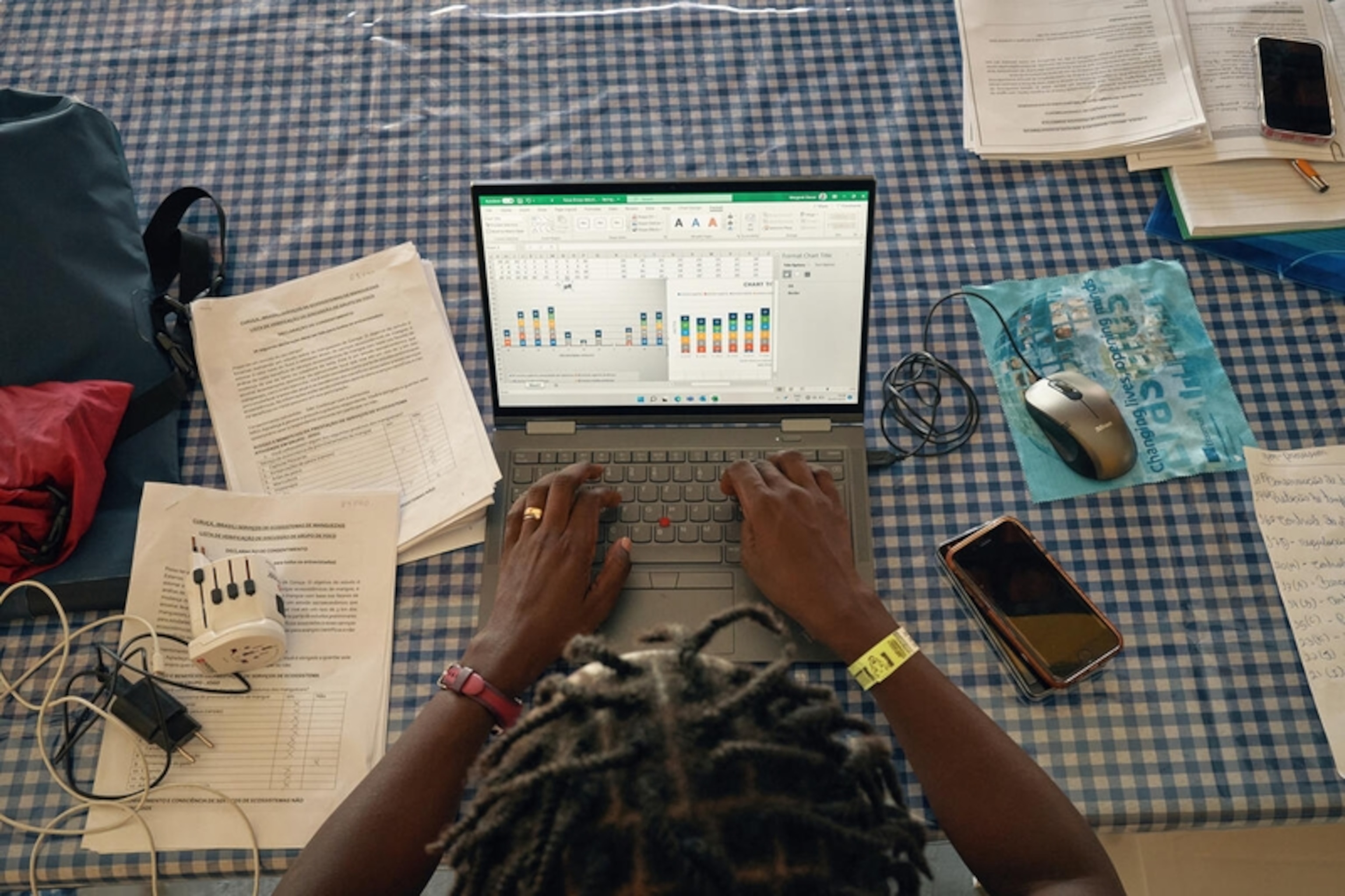
“The beautiful things is … they’ll have a voice. Personally I feel that through my work with them, I’m also trying to help them speak up, get the confidence,” she says. “That’s what drives me.”
She’s also giving back by spearheading the AndGate Foundation, a charitable organization devoted to breaking the poverty cycle by supporting children’s education, which she started with friends.
The foundation’s first female beneficiary, who Awuor Owuor introduced to the program, will soon receive her diploma from Lwak Girls High, the same institution Awuor Owuor attended.
For the scientist and educator, these investments are “her own small way” of contributing to the planet and the future generations who will steward it. “I realize you can’t change the whole world, but you can just do it in your own simple small actions,” she encourages. “Be the change you want to see.”
Margaret Awuor Owuor is participating in the National Geographic and Rolex Perpetual Planet Amazon Expedition — a multiyear series of scientific studies spanning the entire Amazon River Basin. Learn more about the expedition.
ABOUT THE WRITER
For the National Geographic Society: Natalie Hutchison is a Digital Content Producer for the Society. She believes authentic storytelling wields power to connect people over the shared human experience. In her free time she turns to her paintbrush to create visual snapshots she hopes will inspire hope and empathy.
